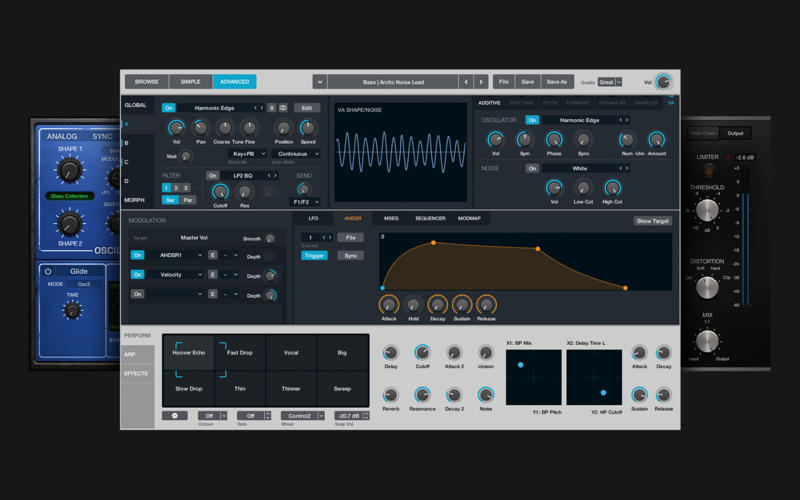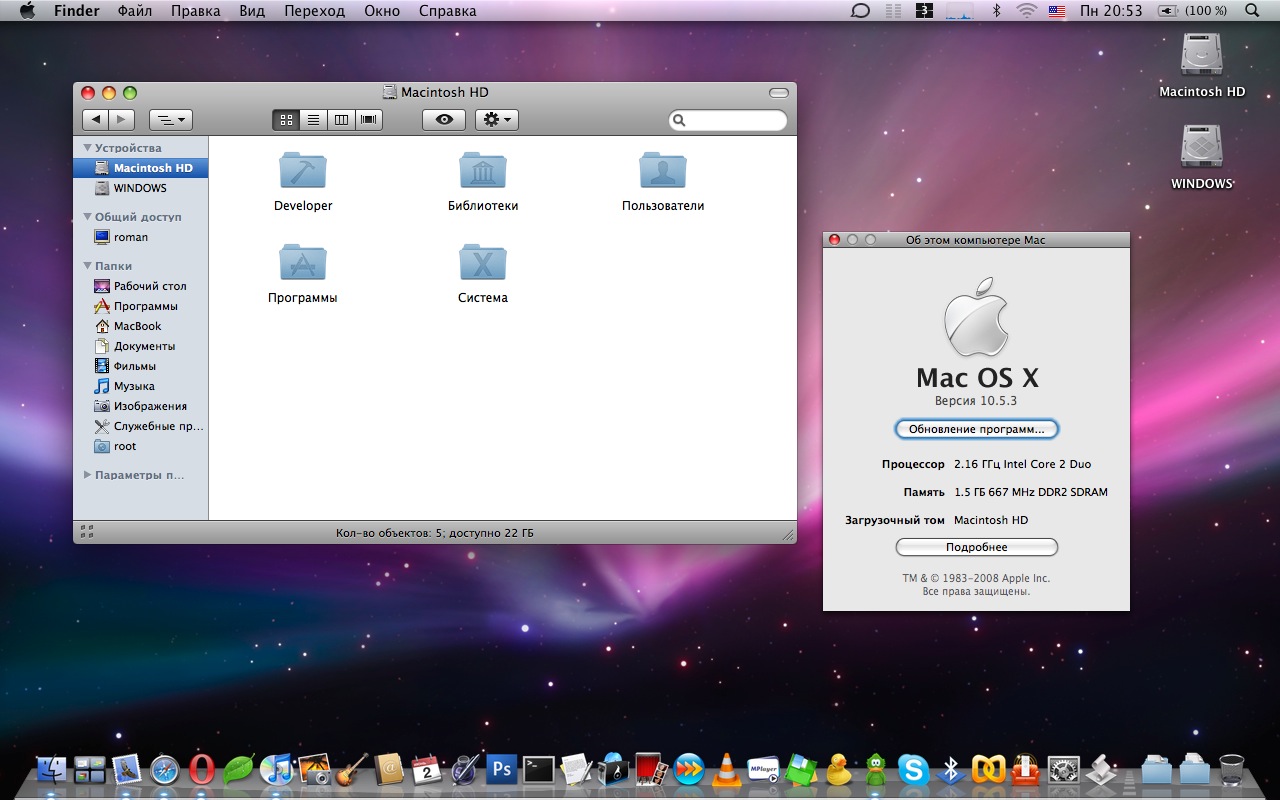Getting Started with the Android™ SDK Prerequisites: Download and install the JDK for Java SE 6 (already installed if on Mac OS X) Download and install the Android SDK we will refer to the installation folder as (Windows: Program FilesAndroidandroid-sdk) If.
- Microsoft RMS SDK 3.0 for OS X is a simple SDK for RMS for supporting a lightweight developer experience in creating rights-enabled device applications. By downloading the software, you agree to the license terms provided for the software. If you do not agree to the license terms, do not download the software.
- Oct 24, 2013 Microsoft RMS SDK 3.0 for OS X is a simple SDK for RMS for supporting a lightweight developer experience in creating rights-enabled device applications. By downloading the software, you agree to the license terms provided for the software. If you do not agree to the license terms, do not download the software.
Android sdk free download - Android SDK Tools, Android File Transfer, Eclipse SDK, and many more programs. Mac OS X development environment. Free User rating. Publisher: Apple Downloads: 236,227. Download the latest version of Android SDK for Mac. Android app development kit. Google offers this official Android app development kit for free, it includes.
The purpose of this section is to guide you to install in your development environment all the dependencies for Android development.
Download Adobe AIR SDK. (Windows, Mac, iOS, Android). AIR SDK and Compiler includes: Framework for Adobe AIR APIs. Mac OS X, English. Windows®, English. By clicking download now, I acknowledge that I have read and agree to the SDK License Agreement. Download the latest version of Android SDK for Mac. Android app development kit. Google offers this official Android app development kit for free, it includes.
The fastest way is to download and install Android Studio.
Latest current version for Android Studio is available at: https://developer.android.com/studio/index.html
Select the Installer Icon:
To install Android Studio on your Mac, proceed as follows:
- Launch the Android Studio DMG file.
- Drag and drop Android Studio into the Applications folder, then launch Android Studio.
- Select whether you want to import previous Android Studio settings, then click OK.
- The Android Studio Setup Wizard guides you though the rest of the setup, which includes downloading Android SDK components that are required for development.
Click the Next button.
Select a Standard installation and click Next.
On the Verify Settings window, click Finish.
Once installed, you get the Welcome to Android Studio window :
Click on the Configure Button and select SDK Manager:
In the left pane select Android SDK. On the right pane, select the SDK Platforms Tab and select the SDKs for API level 22 up to 24.
Click the OK button to download and install these Android SDKs.
After accepting the licence you should see the following screen:
Wait until all components are installed.
Setup the ANDROID_HOME system variable
Open the SDK Manager and make a copy of the Android SDK Location :
Open the Terminal app and type the following command:
To check the ANDROID_HOME is correctly setup type the following commands:
You should see the following result:
Persist the ANDROID_HOME system variable for the current user
The ANDROID_HOME system variable must be persisted when you leave and resstart a new Terminal Window.
One way to do this is to create or update a .profile file in the user's home directory. This file should contain all the commands that should be executed before the Terminal Window session starts.
Open the Terminal app and type the following commands:
In the Text Editor, add the following line
You should have a screen similar to the following screenshot:
To save the .profile file, type CTRL + X, then type Y followed by the ENTER key.
Once done, quit the Terminal window, reopen a new one and type the following command to check if the system variable has been persisted:
You should have a non empty response.
References
The purpose of this section is to guide you to install in your development environment all the dependencies for Android development.
The fastest way is to download and install Android Studio.
Latest current version for Android Studio is available at: https://developer.android.com/studio/index.html
Select the Installer Icon:
To install Android Studio on your Mac, proceed as follows:
- Launch the Android Studio DMG file.
- Drag and drop Android Studio into the Applications folder, then launch Android Studio.
- Select whether you want to import previous Android Studio settings, then click OK.
- The Android Studio Setup Wizard guides you though the rest of the setup, which includes downloading Android SDK components that are required for development.
Mac Android Sdk Download
Click the Next button.
Select a Standard installation and click Next.
On the Verify Settings window, click Finish.

Once installed, you get the Welcome to Android Studio window :
Click on the Configure Button and select SDK Manager:
In the left pane select Android SDK. On the right pane, select the SDK Platforms Tab and select the SDKs for API level 22 up to 24.
Click the OK button to download and install these Android SDKs.
After accepting the licence you should see the following screen:
Wait until all components are installed.
Setup the ANDROID_HOME system variable
Android Sdk Download Linux
Open the SDK Manager and make a copy of the Android SDK Location :
Open the Terminal app and type the following command:
To check the ANDROID_HOME is correctly setup type the following commands:
You should see the following result:
Persist the ANDROID_HOME system variable for the current user
The ANDROID_HOME system variable must be persisted when you leave and resstart a new Terminal Window.
One way to do this is to create or update a .profile file in the user's home directory. This file should contain all the commands that should be executed before the Terminal Window session starts.
Open the Terminal app and type the following commands:
In the Text Editor, add the following line
You should have a screen similar to the following screenshot:
To save the .profile file, type CTRL + X, then type Y followed by the ENTER key.
Once done, quit the Terminal window, reopen a new one and type the following command to check if the system variable has been persisted:
You should have a non empty response.
References
-->
In this article, you'll learn how to install .NET on macOS. .NET is made up of the runtime and the SDK. The runtime is used to run a .NET app and may or may not be included with the app. The SDK is used to create .NET apps and libraries. The .NET runtime is always installed with the SDK.
The latest version of .NET is 5.0.
Supported releases
The following table is a list of currently supported .NET releases and the versions of macOS they're supported on. These versions remain supported until the version of .NET reaches end-of-support.
- A ✔️ indicates that the version of .NET Core is still supported.
- A ❌ indicates that the version of .NET Core isn't supported.
| Operating System | .NET Core 2.1 | .NET Core 3.1 | .NET 5.0 |
|---|---|---|---|
| macOS 11.0 'Big Sur' | ✔️ 2.1 (Release notes) | ✔️ 3.1 (Release notes) | ✔️ 5.0 (Release notes) |
| macOS 10.15 'Catalina' | ✔️ 2.1 (Release notes) | ✔️ 3.1 (Release notes) | ✔️ 5.0 (Release notes) |
| macOS 10.14 'Mojave' | ✔️ 2.1 (Release notes) | ✔️ 3.1 (Release notes) | ✔️ 5.0 (Release notes) |
| macOS 10.13 'High Sierra' | ✔️ 2.1 (Release notes) | ✔️ 3.1 (Release notes) | ✔️ 5.0 (Release notes) |
| macOS 10.12 'Sierra' | ✔️ 2.1 (Release notes) | ❌ 3.1 (Release notes) | ❌ 5.0 (Release notes) |
Unsupported releases
The following versions of .NET are ❌ no longer supported. The downloads for these still remain published:
- 3.0 (Release notes)
- 2.2 (Release notes)
- 2.0 (Release notes)
Runtime information
The runtime is used to run apps created with .NET. When an app author publishes an app, they can include the runtime with their app. If they don't include the runtime, it's up to the user to install the runtime.
There are two different runtimes you can install on macOS:
ASP.NET Core runtime
Runs ASP.NET Core apps. Includes the .NET runtime..NET runtime
This runtime is the simplest runtime and doesn't include any other runtime. It's highly recommended that you install ASP.NET Core runtime for the best compatibility with .NET apps.
SDK information
The SDK is used to build and publish .NET apps and libraries. Installing the SDK includes both runtimes: ASP.NET Core and .NET.
Dependencies
.NET is supported on the following macOS releases:
| .NET Core Version | macOS | Architectures | More information |
|---|---|---|---|
| 5.0 | High Sierra (10.13+) | x64 | More information |
| 3.1 | High Sierra (10.13+) | x64 | More information |
| 3.0 | High Sierra (10.13+) | x64 | More information |
| 2.2 | Sierra (10.12+) | x64 | More information |
| 2.1 | Sierra (10.12+) | x64 | More information |
Beginning with macOS Catalina (version 10.15), all software built after June 1, 2019 that is distributed with Developer ID, must be notarized. This requirement applies to the .NET runtime, .NET SDK, and software created with .NET.
The runtime and SDK installers for .NET 5.0 and .NET Core 3.1, 3.0, and 2.1, have been notarized since February 18, 2020. Prior released versions aren't notarized. If you run a non-notarized app, you'll see an error similar to the following image:
For more information about how enforced-notarization affects .NET (and your .NET apps), see Working with macOS Catalina Notarization.
libgdiplus
.NET applications that use the System.Drawing.Common assembly require libgdiplus to be installed.
An easy way to obtain libgdiplus is by using the Homebrew ('brew') package manager for macOS. After installing brew, install libgdiplus by executing the following commands at a Terminal (command) prompt:
Install with an installer
macOS has standalone installers that can be used to install the .NET 5.0 SDK:
Download and manually install
As an alternative to the macOS installers for .NET, you can download and manually install the SDK and runtime. Manual installation is usually performed as part of continuous integration testing. For a developer or user, it's generally better to use an installer.
First, download a binary release for either the SDK or the runtime from one of the following sites. If you install the .NET SDK, you will not need to install the corresponding runtime:
- ✔️ .NET 5.0 downloads
- ✔️ .NET Core 3.1 downloads
- ✔️ .NET Core 2.1 downloads
Next, extract the downloaded file and use the export command to set DOTNET_ROOT to the extracted folder's location and then ensure .NET is in PATH. This should make the .NET CLI commands available at the terminal.
Alternatively, after downloading the .NET binary, the following commands may be run from the directory where the file is saved to extract the runtime. This will also make the .NET CLI commands available at the terminal and set the required environment variables. Remember to change the DOTNET_FILE value to the name of the downloaded binary:
Tip
The preceding export commands only make the .NET CLI commands available for the terminal session in which it was run.
You can edit your shell profile to permanently add the commands. There are a number of different shells available for Linux and each has a different profile. For example:

- Bash Shell: ~/.bash_profile, ~/.bashrc
- Korn Shell: ~/.kshrc or .profile
- Z Shell: ~/.zshrc or .zprofile

Edit the appropriate source file for your shell and add :$HOME/dotnet to the end of the existing PATH statement. If no PATH statement is included, add a new line with export PATH=$PATH:$HOME/dotnet.

Also, add export DOTNET_ROOT=$HOME/dotnet to the end of the file.
This approach lets you install different versions into separate locations and choose explicitly which one to use by which application.
Install with Visual Studio for Mac
Visual Studio for Mac installs the .NET SDK when the .NET workload is selected. To get started with .NET development on macOS, see Install Visual Studio 2019 for Mac.
| .NET SDK version | Visual Studio version |
|---|---|
| 5.0 | Visual Studio 2019 for Mac version 8.8 or higher. |
| 3.1 | Visual Studio 2019 for Mac version 8.4 or higher. |
| 2.1 | Visual Studio 2019 for Mac version 8.0 or higher. |
Install alongside Visual Studio Code
Visual Studio Code is a powerful and lightweight source code editor that runs on your desktop. Visual Studio Code is available for Windows, macOS, and Linux.
While Visual Studio Code doesn't come with an automated .NET installer like Visual Studio does, adding .NET support is simple.
- Download and install Visual Studio Code.
- Download and install the .NET SDK.
- Install the C# extension from the Visual Studio Code marketplace.
Install with bash automation
Download Sdk For Mac Os X 10 12
The dotnet-install scripts are used for automation and non-admin installs of the runtime. You can download the script from the dotnet-install script reference page.
The script defaults to installing the latest long term support (LTS) version, which is .NET Core 3.1. You can choose a specific release by specifying the current switch. Include the runtime switch to install a runtime. Otherwise, the script installs the SDK.
Note
The previous command installs the ASP.NET Core runtime for maximum compatability. The ASP.NET Core runtime also includes the standard .NET runtime.
Docker
Containers provide a lightweight way to isolate your application from the rest of the host system. Containers on the same machine share just the kernel and use resources given to your application.
.NET can run in a Docker container. Official .NET Docker images are published to the Microsoft Container Registry (MCR) and are discoverable at the Microsoft .NET Core Docker Hub repository. Each repository contains images for different combinations of the .NET (SDK or Runtime) and OS that you can use.
Microsoft provides images that are tailored for specific scenarios. For example, the ASP.NET Core repository provides images that are built for running ASP.NET Core apps in production.
Android Sdk For Mac
For more information about using .NET Core in a Docker container, see Introduction to .NET and Docker and Samples.
Next steps
Download Sdk For Mac Os X Mojave
- How to check if .NET Core is already installed.
- Working with macOS Catalina notarization.
- Tutorial: Get started on macOS.
- Tutorial: Create a new app with Visual Studio Code.
- Tutorial: Containerize a .NET Core app.